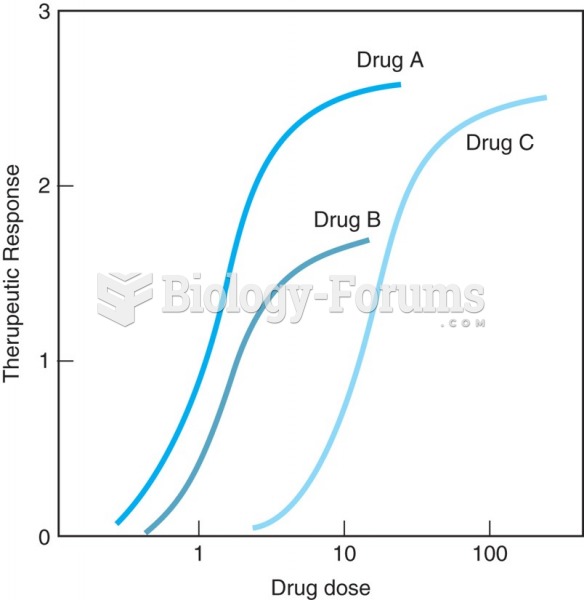This topic contains a solution. Click here to go to the answer
|
|
|
Did you know?
Signs and symptoms of a drug overdose include losing consciousness, fever or sweating, breathing problems, abnormal pulse, and changes in skin color.
Did you know?
Alcohol acts as a diuretic. Eight ounces of water is needed to metabolize just 1 ounce of alcohol.
Did you know?
Carbamazepine can interfere with the results of home pregnancy tests. If you are taking carbamazepine, do not try to test for pregnancy at home.
Did you know?
Most women experience menopause in their 50s. However, in 1994, an Italian woman gave birth to a baby boy when she was 61 years old.
Did you know?
In the United States, an estimated 50 million unnecessary antibiotics are prescribed for viral respiratory infections.
 (a) Zombies are a common theme in movies. However, (b) the number of zombie movies released each yea
(a) Zombies are a common theme in movies. However, (b) the number of zombie movies released each yea
 Isotopes may be stable or radioactive depending on the arrangement and number of neutrons in the nuc
Isotopes may be stable or radioactive depending on the arrangement and number of neutrons in the nuc





